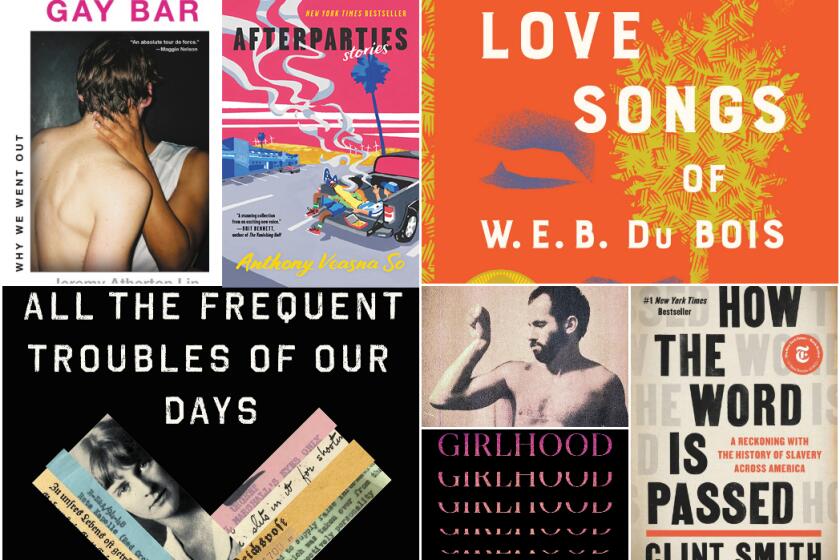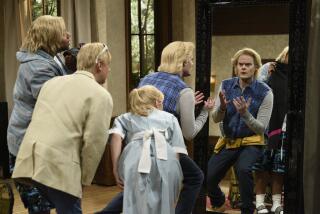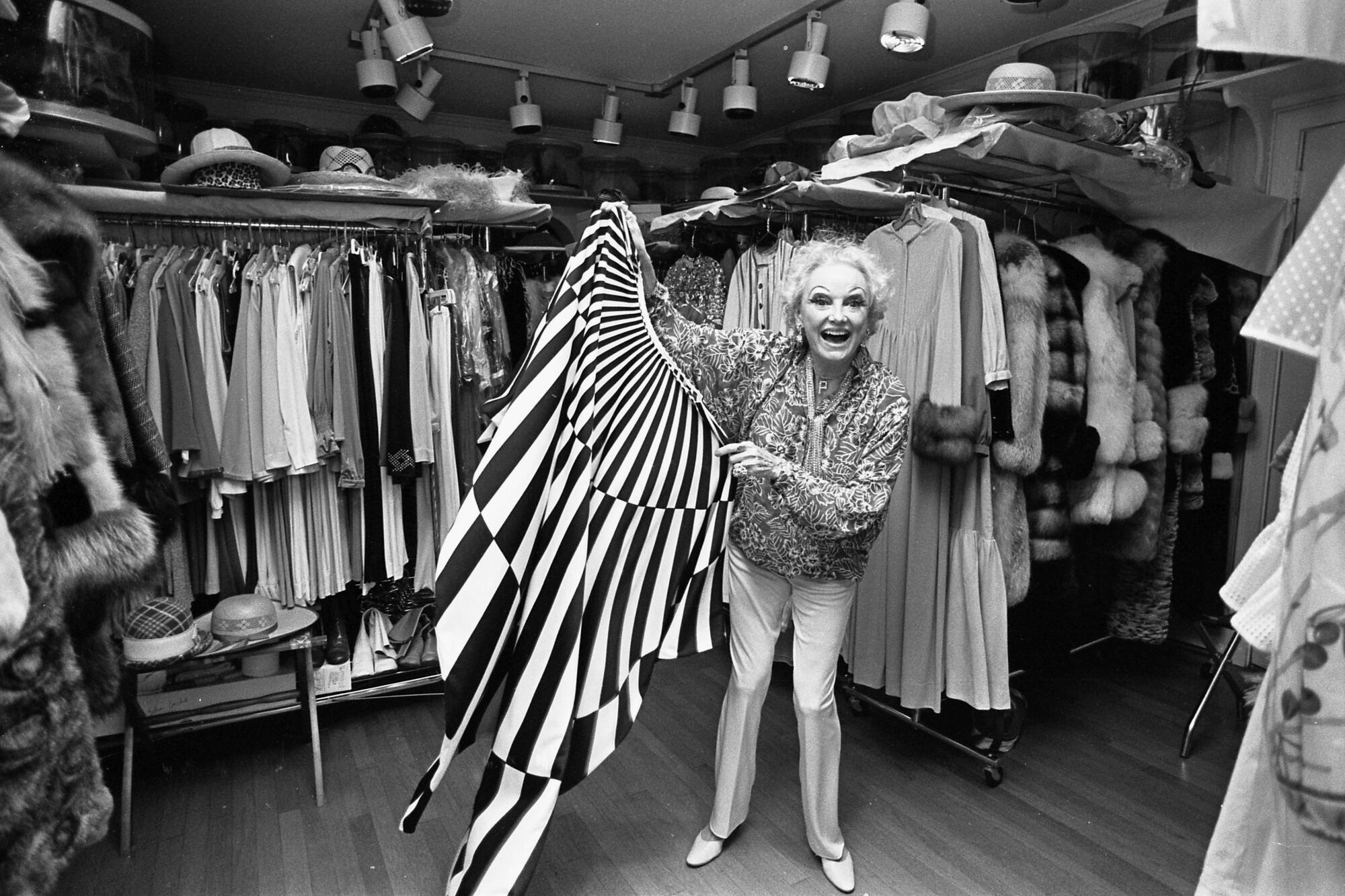
On the Shelf
In On The Joke: The Original Queens of Stand-Up Comedy
By: Shawn Levy
Double Day: 382 pages, $30
If you buy books linked on our site, The Times may earn a commission from Bookshop.org, whose fees support independent bookstores.
It wasnât that long ago that successful female comedians were forced to stifle themselves to be funny. But it was the obstacle that all of the first women in comedy had in common on their journey to fame. For Joan Rivers, Moms Mabley, Minnie Pearl, Phyllis Diller and many others, masking their femininity, sexuality and intellect added extra layers to showbizâs glass ceiling. It was only through their determination and undeniable talent that they managed to redefine the boundaries of their craft. In the pages of the just-released âIn On the Joke,â bestselling author Shawn Levy (âThe Castle on Sunsetâ) unearths a lost history in stand-up that gives jaw-dropping insight into the barriers that the first female comics broke with laughter.
How did the research for this book on pioneering comedians compare with previous books youâve done on male figures in classic Hollywood?
I had to start from almost zero. Iâm 60 years old, so I have memories of seeing many of these women perform. And of course, Joan Rivers was with us until about a decade ago â still vital and active. I knew Phyllis Dillerâs work, I remember Totie Fields and Moms Mabley performing before their deaths. But I only knew them as someone who consumed the entertainment. I really didnât have the ability to write about them or tell their stories. I wasnât originally intending to write a chapter on Moms Mabley or Minnie Pearl because I thought all I had to do was write about traditional, white, mainstream showbiz. Then I realized, âOh, you canât ignore these women at all â and by the way, they are killers and heroes who absolutely deserve their place.â A whole chunk of this history was new to me ⌠so I learned along with the reader.
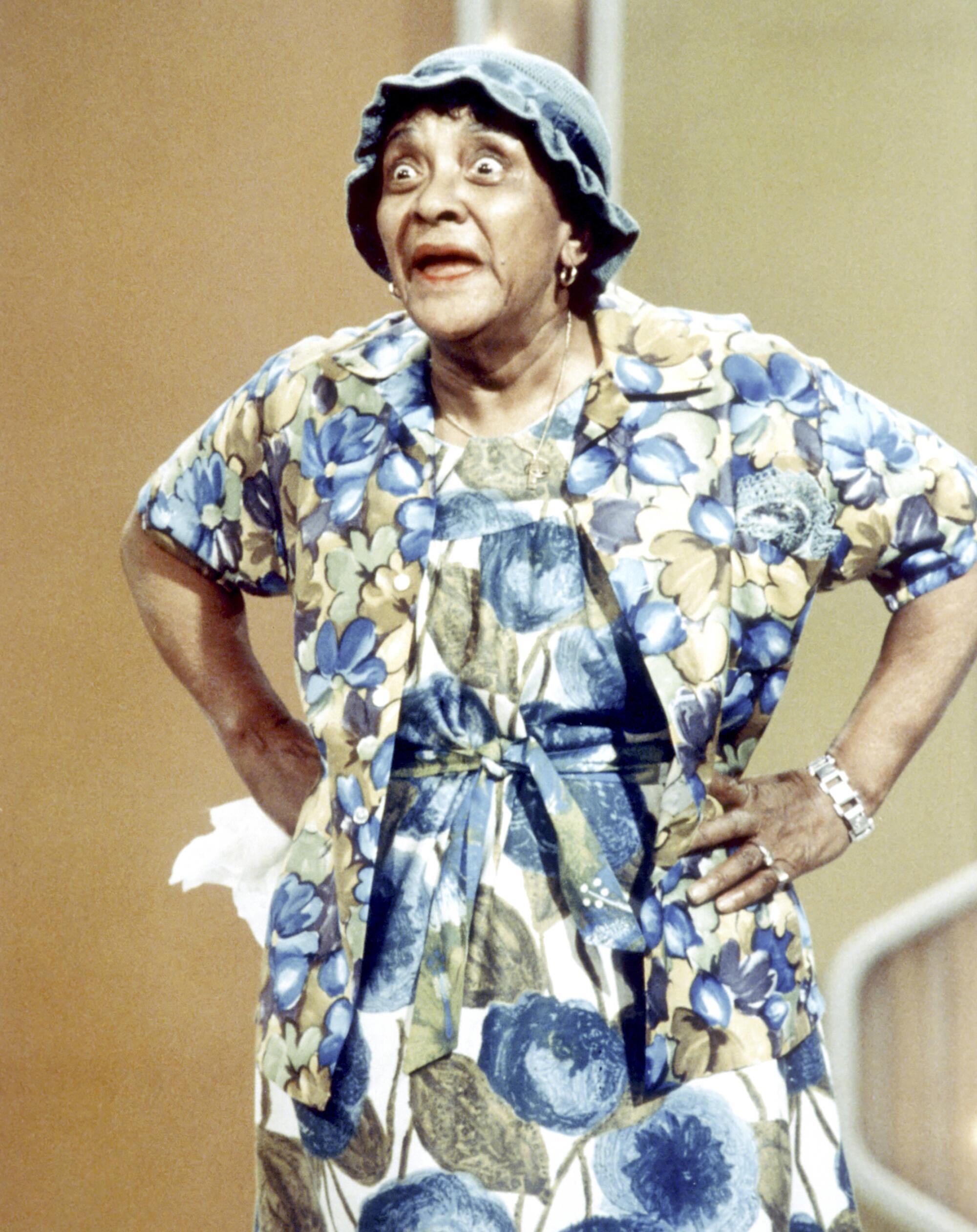
This particular period between World War II and 1970 is such a fertile time for the evolution of modern stand-up comedy. How did women have to adapt to get visibility on stage?
The earliest female comedians had to create a persona around themselves and play against their femininity. Moms was playing a granny when she was in her 30s and 40s. Minnie Pearl [a.k.a. Sarah Colley] was college-educated, and to do comedy, she pretended to be an uneducated rube. Phyllis Diller often played the housewife who got shocked with electricity through her hair. Even Joan Rivers in her early career was the girl who couldnât get a date â although she had been married and her marriage had been annulled.
The one exception was a woman I literally knew nothing about, Jean Carroll, who was performing stand-up dressed like a man in a tux, telling jokes about her family, no-good kid or lazy husband in the 1940s. They all had to do something to disfigure or deform themselves, or put a bracket around themselves and say, âIâm not really a woman. I donât have the problems of women.â
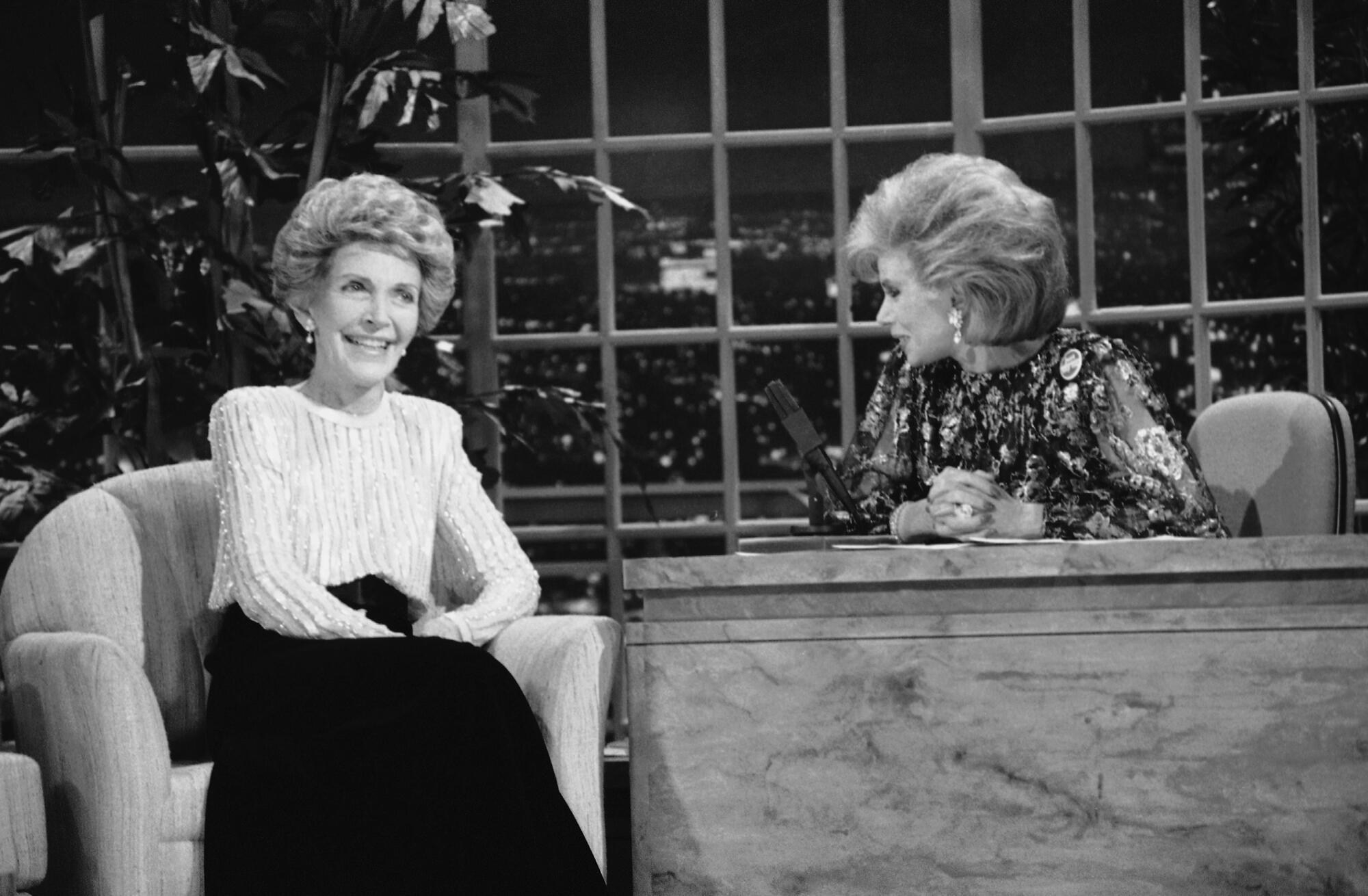
Minnie Pearl was married by the time she was really famous. And she was always playing this woman looking for fellas. Moms Mabley was queer, which was well known in showbiz circles, not so much to her audience. Today, I believe female comedians can be absolutely who they are on stage. But that took decades of these women carving a path that they could then follow and extend.
The book opens with Phyllis Diller dressing up as a man in order to get into the Friars Club Roast in 1983 â even though at that point she was probably bigger than any male comedian who was allowed to be there.
She was certainly the richest person in the room. When Phyllis Diller performed on television in the â60s, she was a movie star, she was playing sold-out theaters all over the country, and sheâd go on TV and get one-tenth of what Jack Benny or Milton Berle was being paid. She had several TV shows and if they didnât immediately prove themselves, they got the rug pulled out. Meanwhile, Bob Hope was under contract to NBC and Milton Berle had a contract that paid him for 25 years after he went off the air. Phyllis had to start from scratch every time; Joan Rivers was the same way.
Are there any key similarities you found in these women as you researched the book?
They were all the type of person who was the funniest one in their group. I donât know this for sure about Moms Mabley because so much of her early history is a mystery â there are no accounts of her until she comes to New York in her late 20s. Phyllis Diller was the funniest person at her college, Minnie Pearl was the funniest of her college class. Everyone said Elaine May was a genius from the first time they met her. Joan Rivers could crack her friends up when she was hanging out with young actors.

So they all had something, but comedy kept being the thing that they most succeeded at. And they were adaptable and they were determined. Joan Rivers played strip joints, she was an assistant to a magician, she got fired on stage over the PA by a club owner in upstate New York. Comics of today that I admire like Sarah Silverman, Sandra Bernhard, Wanda Sykes, they could look back and say, âOh, somebody did this, so I could do that.â These women that I wrote about, there was no one for them to look back to. They were their own trainer and coach.
How is this book able to add to the discussion about the roles and opportunities open to female comics today?
When this book is in the hands of active comedians, both women and men can see how much of what happened is still going on and how many gender-based obstacles still pervade. I think that conversation is still worth having. Itâs worth noting that there are some books that talk about contemporary comedy in the â70s during the âSaturday Night Liveâ era and later, but these pioneer women get very short attention. Totie Fields is literally a footnote in one of them and she had a major career. ... I hope through this book, comics like her get their due.
More to Read
Sign up for our Book Club newsletter
Get the latest news, events and more from the Los Angeles Times Book Club, and help us get L.A. reading and talking.
You may occasionally receive promotional content from the Los Angeles Times.
